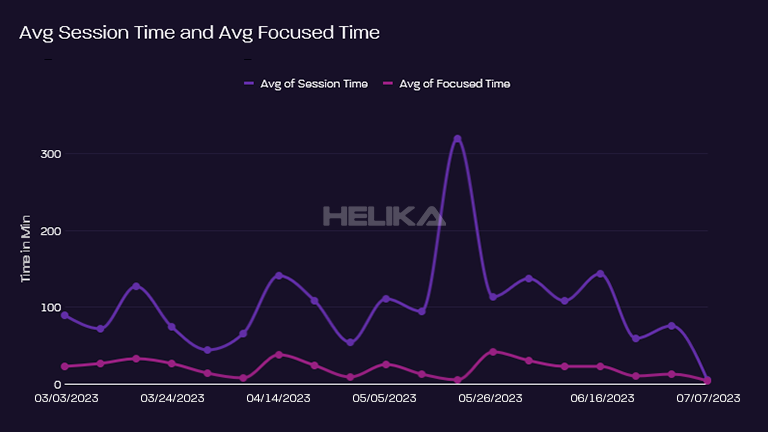Bridal Bliss Insights
Your go-to blog for all things weddings, trends, and bridal elegance.
Gamer's Edge: How Predictive Analytics is Reshaping the Playing Field
Unlock the secrets of gaming with predictive analytics! Discover how data is transforming strategies and leveling up the competition.
Unlocking Victory: The Role of Predictive Analytics in Competitive Gaming
Unlocking Victory: The Role of Predictive Analytics in Competitive Gaming has become a game-changer for players and teams striving for excellence. As the landscape of competitive gaming evolves, predictive analytics provides invaluable insights that can influence strategies and enhance performance. By analyzing historical data and player statistics, teams can identify patterns and trends, enabling them to make informed decisions in real-time. From predicting the outcome of matches to understanding opponents' strategies, the implementation of predictive analytics is transforming how gamers prepare and compete.
Furthermore, *predictive analytics* can enhance the overall gaming experience for players by tailoring training regimens and optimizing team compositions. For instance, data-driven algorithms can suggest the best character selections based on the opposing team's weaknesses. In addition, these analytics can highlight individual player strengths and areas for improvement, facilitating targeted practice sessions. As competitive gaming continues to grow, the strategic application of predictive analytics is not just an advantage—it's becoming essential for achieving victory and staying ahead of the competition.

Counter-Strike is a popular multiplayer first-person shooter game that has gained a massive following since its initial release. Players can engage in various gameplay modes, including competitive matches and casual encounters. For those looking to enhance their gaming experience, using a duel promo code can provide exciting opportunities.
From Data to Dominance: How Predictive Analytics Transforms Game Strategies
Predictive analytics has emerged as a game changer in various industries, and sports is no exception. By leveraging vast amounts of historical data, teams can uncover patterns and trends that inform their strategies on the field. Coaches and analysts utilize advanced algorithms to assess player performance, opponent strategies, and even weather conditions, making data-driven decisions that enhance overall team performance. This transformation from intuition-based decisions to data-driven dominance reshapes the competitive landscape, enabling teams to outperform their rivals consistently.
Implementing predictive analytics involves several key steps that drive strategic changes in game plans. First, teams need to collect and analyze data, which can include player statistics, game footage, and player health metrics. Next, sophisticated models are developed to predict outcomes based on various scenarios. Finally, real-time analytics provide actionable insights during games, allowing coaches to adjust tactics dynamically. As a result, the integration of predictive analytics into sports not only enhances game performance but also paves the way for a deeper understanding of the game's nuances.
Can Predictive Analytics Give You a Competitive Edge?
Predictive analytics is rapidly becoming a game changer in various industries, allowing organizations to harness data to anticipate future trends and behaviors. By using statistical algorithms and machine learning techniques, companies can analyze historical data to predict outcomes with remarkable accuracy. This capability not only enhances decision-making processes but also can provide a significant competitive edge in the market. Businesses leveraging predictive analytics can tailor their strategies by identifying customer preferences, optimizing operations, and personalizing marketing efforts, ultimately leading to increased customer satisfaction and loyalty.
Moreover, implementing predictive analytics allows organizations to stay ahead of their competition by fostering innovation and improving efficiency. For instance, retailers can forecast demand for products, enabling them to adjust inventory levels accordingly and reduce costs associated with overstocking or stockouts. Similarly, in the finance sector, predictive models can detect potential fraud before it occurs, safeguarding both the business and its customers. In conclusion, the integration of predictive analytics not only facilitates proactive decision-making but also positions companies to navigate their markets with confidence, enhancing their overall market standing.